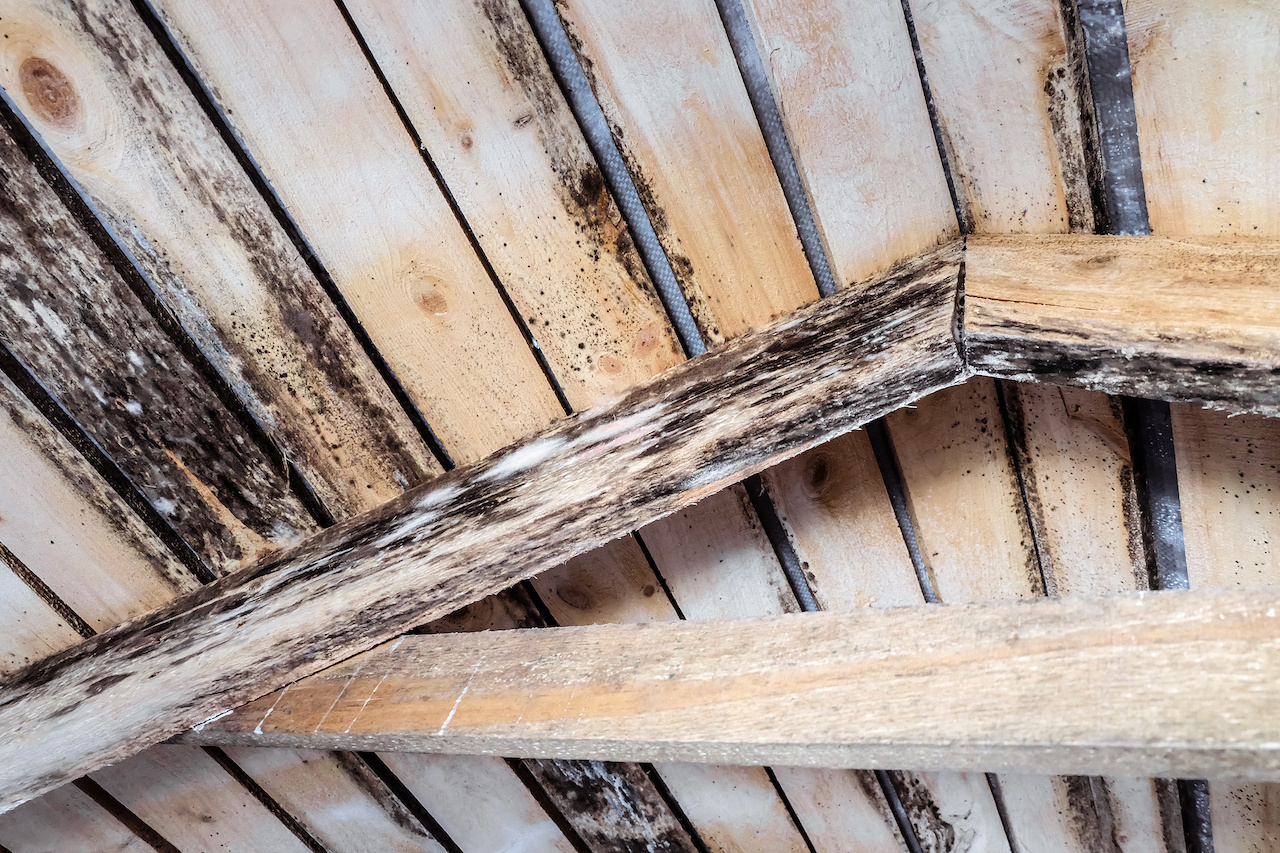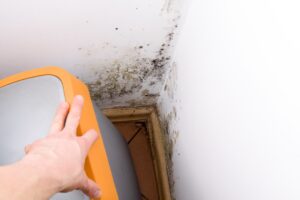In humid and dark environments, mold can thrive all year long. However, it spreads and grows much more rapidly during spring, especially in attics.
If you’re dealing with attic mold this spring season, read on. Here’s what you should know about it.
Is It a Serious Issue?
Since attics are equally dark and moist, they are the perfect breeding grounds for all types of household mold. While they are usually not lived-in spaces, mold infestations in attics can be quite dangerous for your entire home.
For one, mold spores are airborne, so they can easily reach all your other rooms. Plus, the mold can easily spread to the rest of your home through the walls and ceilings. Thus, putting an end to attic mold is essential for the safety of your home and family.
Preventing Attic Mold
Fortunately, there are simple ways to stop attic mold from growing and taking over our homes. The most effective way to keep attic mold at bay is by doing an inspection every few months. We particularly recommend doing so to those who’ve recently experienced snow or rainfall.
To ensure safety while checking the attic and avoid inhaling the spores, we recommend wearing a mask, as well as proper clothing and footwear.
While we’re up there, we need to be looking for signs of roof leakage by checking for dark spots. Another place where mold likes to grow is on top of the insulation and inside the insulation materials. If there’s any mold on it, there’ll most likely be signs of discoloration.
We also suggest checking every vent in the attic to make sure the airflow isn’t obstructed. If your home doesn’t have any, installing a high-powered vent in the roof could prevent mold problems. The fans should have a Thermostat & Humidistat controller build-in into them.
Eliminating Attic Mold
The key to stopping attic mold from spreading during the spring is doing regular and thorough inspections of the space. It is especially important to check your attic if the winter was heavy in rainfall or snow.
While inspecting the attic, look for any leaks, discolored spots, and actual mold growth. In addition, pay special attention to any air vents and take a hygrometer with you to check air humidity levels.
If you notice any problem spots or potential issues that could lead to mold, contact Your Mold Solutions. We have the experience and equipment necessary to help you deal with all types of mold. In no time, your attic will return to its former glory, and your home will be safe again.
Give us a call, and let’s make this spring mold-free!








